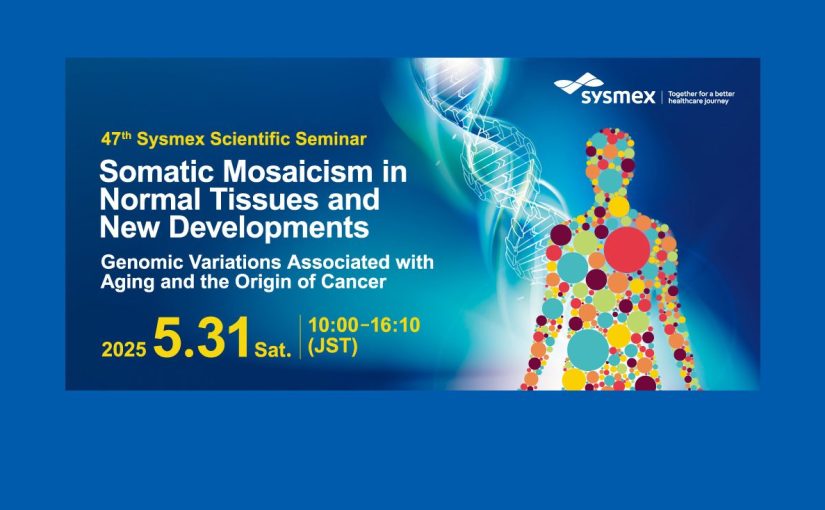The 3P’s of Ploidy – Polyploid, Purity and Problematic
Program & Speakers
Topic: The role of “Polyploidy” in plant breeding
Dr Yuyu Suryasari Poerba, M.Sc.
Senior Researcher at Research Center for Biology LIPI – Indonesia
Polyploidy is a condition in which a cell or organism that is normally diploid has one or more additional sets of chromosomes. Polyploidy occurs in most angiosperms and is important in agricultural crops. Polyploid organisms often show increased vigor and, in some cases, outperform their diploid relatives in several aspects. This polyploid advantage has become the target of many plant breeders, who induce polyploidy and/or use natural polyploids in various ways to obtain better plant cultivars. Some aspects of polyploidy for plant breeding are increasing plant size, higher yields, improving product quality and increasing tolerance to biotic and abiotic stresses. In some cases, when crossing between two species is not possible due to differences in ploidy levels, polyploids can be used as a bridge for gene transfer between them. In addition, polyploidy is often used in the production of seedless varieties and to restore fertility. In this presentation, we will discuss polyploidy in bananas and their relation to banana breeding.
Topic: Importance of sample “Purity” in ploidy analysis
Dr Ramajayam D
Principal Scientist, ICAR – National Research Center for Banana – India
Ploidy in plants is conventionally determined by chromosomal count in root tips, measurement of stomal size and chloroplast count in the guard cells. Presently, estimation of ploidy or DNA content (2c) in plants using flow cytometry has become more popular owing to its robustness, simplicity, accuracy and speed. The staining of extracted nuclei using different DNA dyes, such as Propidium Iodide, is a crucial step for accurate ploidy determination. Nonspecific staining, however, is very common in tannin- and organic acid-rich plants, and because of starch granules, mucinous and other compounds. This may result in high levels of background noise with no reliable peaks in the histogram. Methods to improve sample purity include the removal of debris using specific filters, the adjustment of lower threshold to avoid acquiring small and unwanted ‘noise’ with low speed for high accuracy measurement (lower CV of peak), as well as the use of RNAse, 2-mercaptoethanol and Polyvinylpyrrolidone.

Topic: “Problematic” samples with Oxprotect as an alternative solution
Matthias Steinberg
Manager, Product Promotion, Academy & Support at Sysmex Partec GmbH – Germany
The presence of secondary metabolites in plant tissues can severely effect the stability and stainability of plant samples for the determination of ploidy and genome size. Within the process of sample preparation, these metabolites are released to the nuclei suspension and may come into direct contact with the nuclei. By triggering accelerated DNA oxidation secondary metabolites can lead to nuclear DNA degradation which often is visible as “sample browning”. Other substances can affect the nuclear DNA staining by reducing the efficacy of DNA fluorescent labelling (fluorescence inhibition). Such reactions lead to the observation of high CV (Coefficient of Variation) values, unstable and shifting DNA peaks and higher background noise. Under such conditions, the determination of ploidy or genome size becomes difficult or cannot be done at all.
We hoped you have enjoyed the webinar and gained new insights!
May we request your time for a short survey?





![[VOD AVAILABLE] MINDS TOGETHER – Sysmex Knowledge Congregation Webinar on Anaemia & Haematuria Early Diagnosis Using Automation](https://www.sysmex-ap.com/wp-content/uploads/2022/08/3d_illustration_of_red_blood_cells_1-825x510.jpg)
![[VOD AVAILABLE] 9th International Sysmex Scientific Seminar](https://www.sysmex-ap.com/wp-content/uploads/2024/09/ISSS-2024-background-825x510.jpg)
![[VOD AVAILABLE] CBC interesting case studies -Are we listening to our Analysers?](https://www.sysmex-ap.com/wp-content/uploads/2024/11/Clinical-technologist-setting-reagents-on-CS-2500_002-825x510.jpg)